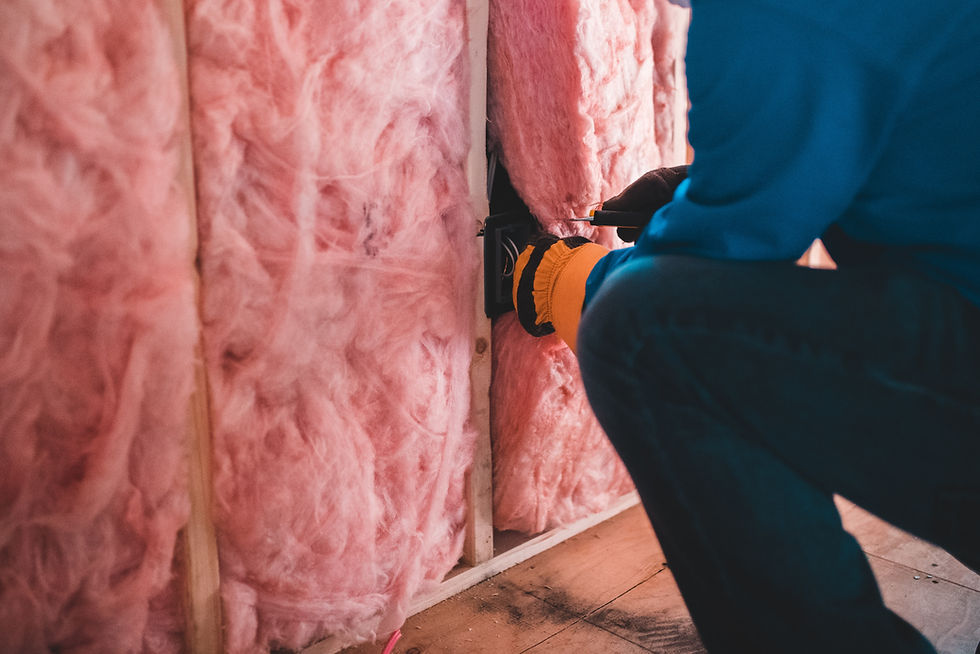Australia is on a mission to hit net-zero emissions by 2050, but there's a big problem standing in the way—most of our 10 million homes consume too much energy. According to a report from RMIT University, the majority of Australian homes are seriously lacking when it comes to energy and thermal efficiency compared to home in Europe and North America. This not only drives up energy bills for consumers but also makes it harder for our country to meet its climate goals.
The Big Issue
Did you know that over 80% of Australian homes couldn't maintain a comfy 18°C indoors during winter last year? That's below what the World Health Organisation recommends, and it highlights just how poorly insulated many of our homes are. Even though new building standards now require a seven-star energy efficiency rating, the rollout has been slow across different states. Plus, there's often no follow-up to make sure new homes actually meet these standards once they're built.
Easy Fixes for Energy Efficiency
So, what can you do to make your home more energy-efficient? According to Professor Priya Rajagopalan from RMIT, there are several improvements you can make:
Installing high-performance windows
Sealing gaps around windows and doors
Putting up curtains and blinds
Using ceiling fans
Insulating ceilings, walls, and floors
While these upgrades do require an investment, they offer long-term savings on energy bills, a more comfortable home year-round, and an increase in property value.
Every small step you take brings you closer to a more sustainable and cost-effective home.

Energy Efficiency Rebates and Incentives
In addition to solar rebates, Victoria also has the Victorian Energy Efficiency Certificate (VEEC) program, which is is all about rewarding you for making your home greener.
Thanks to the VEU program, many Victorian households have been able to access rebates and incentives for things like:
Installing energy-efficient heating and cooling systems (on top of the Solar Victoria incentive)
Upgrading to double-glazed windows
Replacing old, inefficient appliances like clothes dryers with more efficient models
Improving home insulation
These programs give homeowners plenty of options to make their homes more energy-efficient, lower their carbon footprint, and help Australia reach its net-zero emissions target by 2050. By taking advantage of these incentives, you’ll not only save on your energy bills but also do your part for the environment.
Conclusion
Australia’s goal of reaching net-zero emissions by 2050 is ambitious, but it’s achievable if we start making changes. With most Aussie houses consuming energy and lacking proper insulation, it’s clear we have some work to do. The good news? There are plenty of ways to boost your home’s energy efficiency.
With all the rebates and incentives on offer, becoming more energy efficient is an investment that pays off. It will save you huge amounts on energy bills in the long run. So why not take advantage of the support available and get started? Your future self—and the planet—will thank you.
Reach out to us to find out what changes you can make to have a more efficient home and understand more about the rebates available to you. Call us on 03 9071 2468 or email us at hello@energywired.com.au.
Comentarios